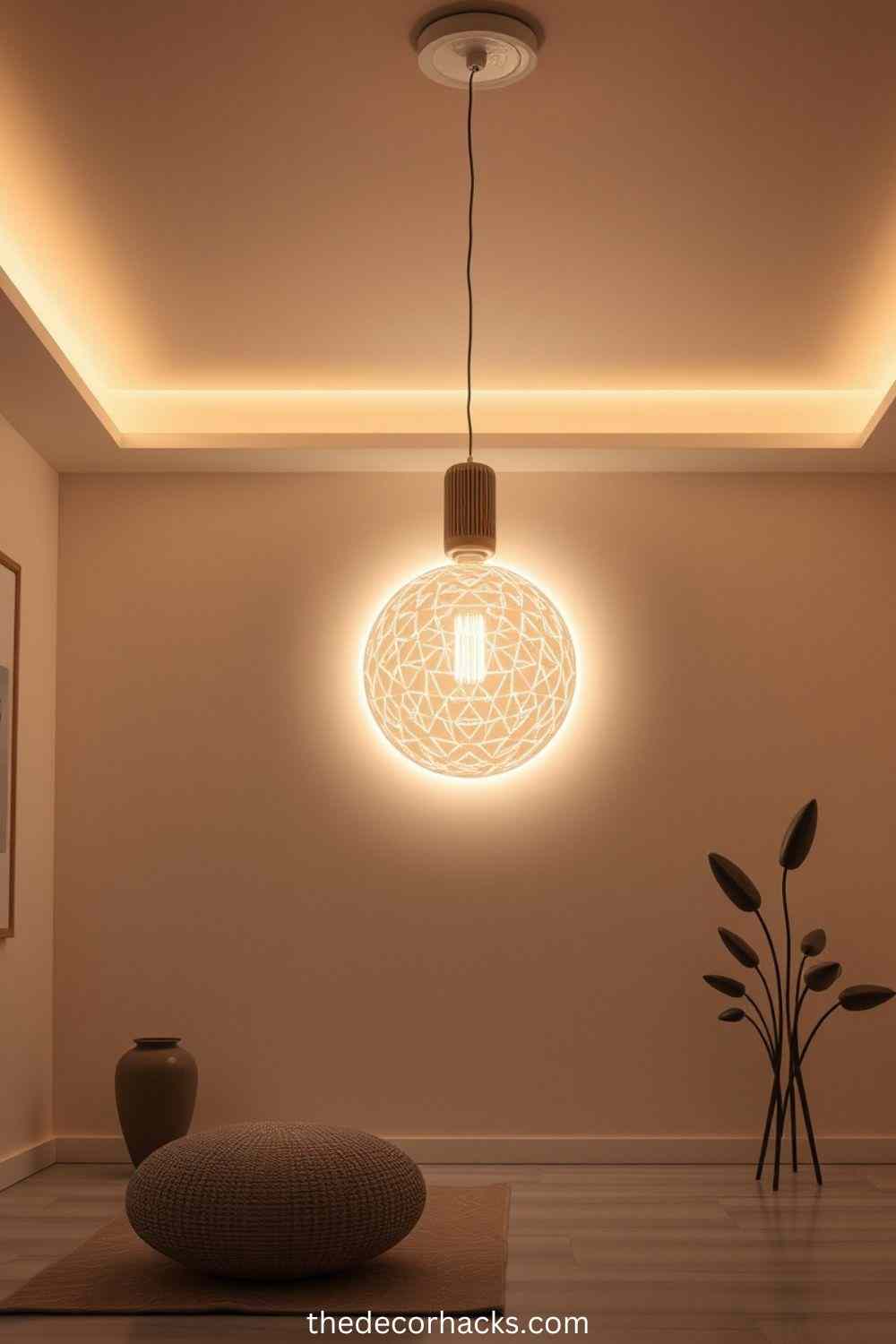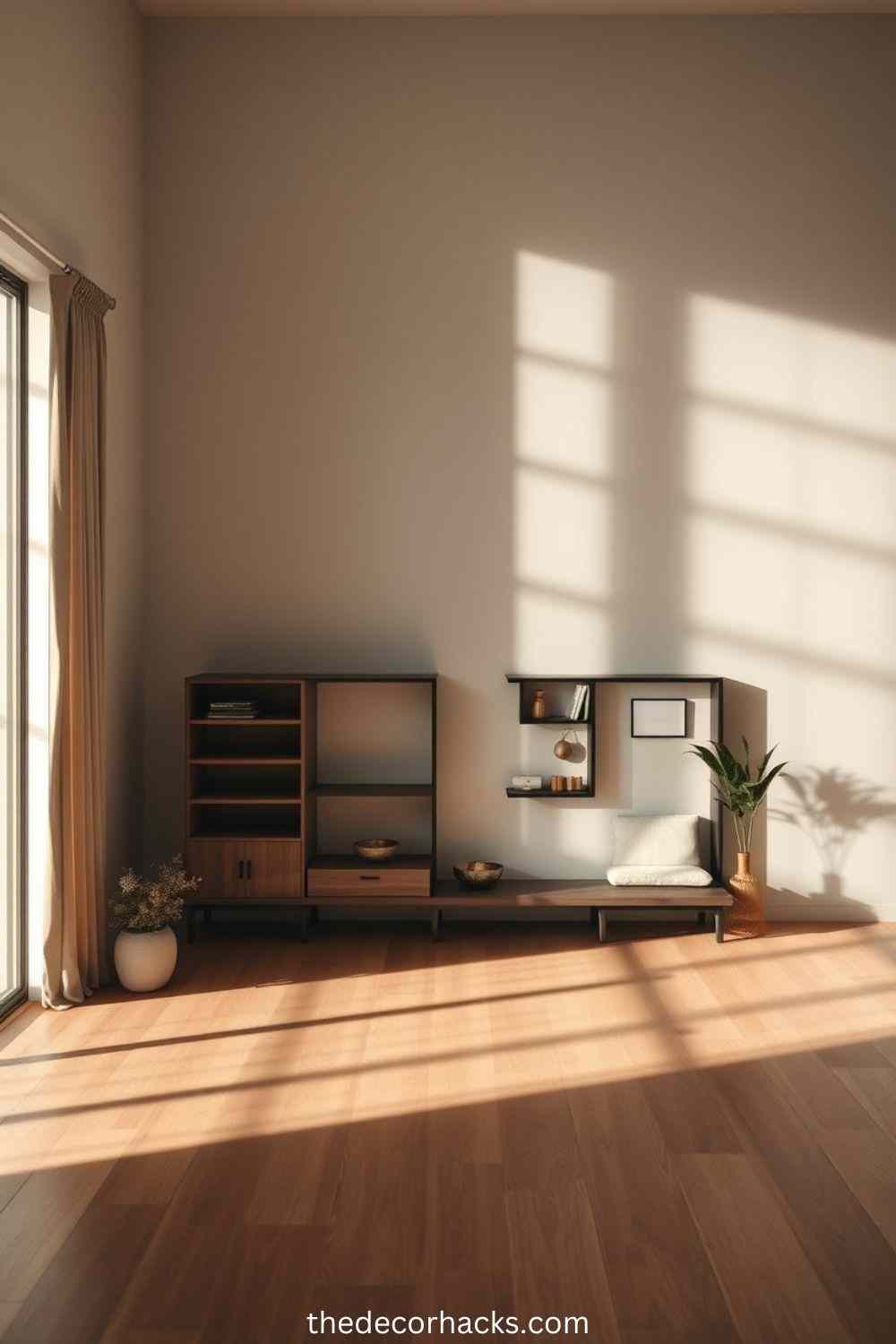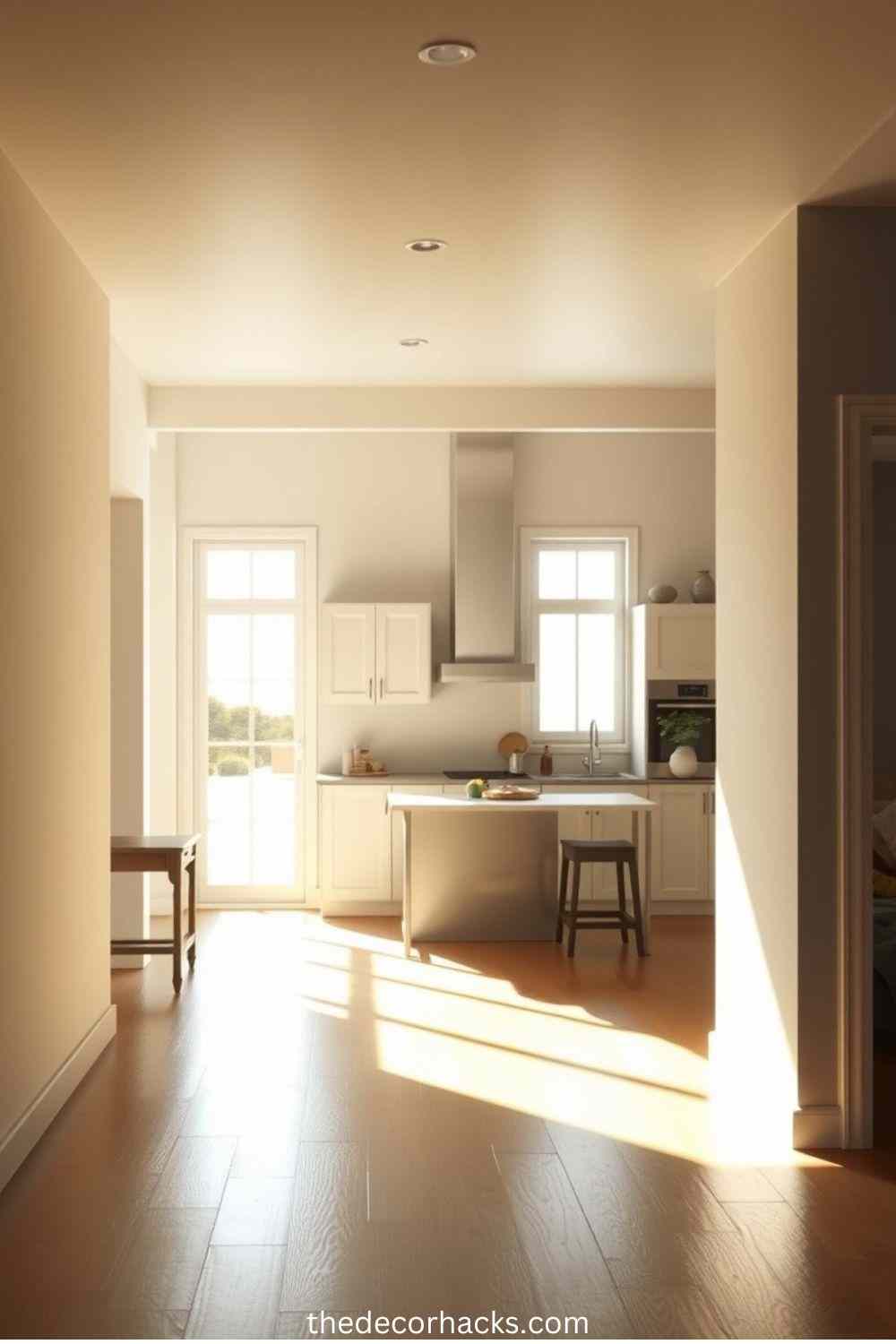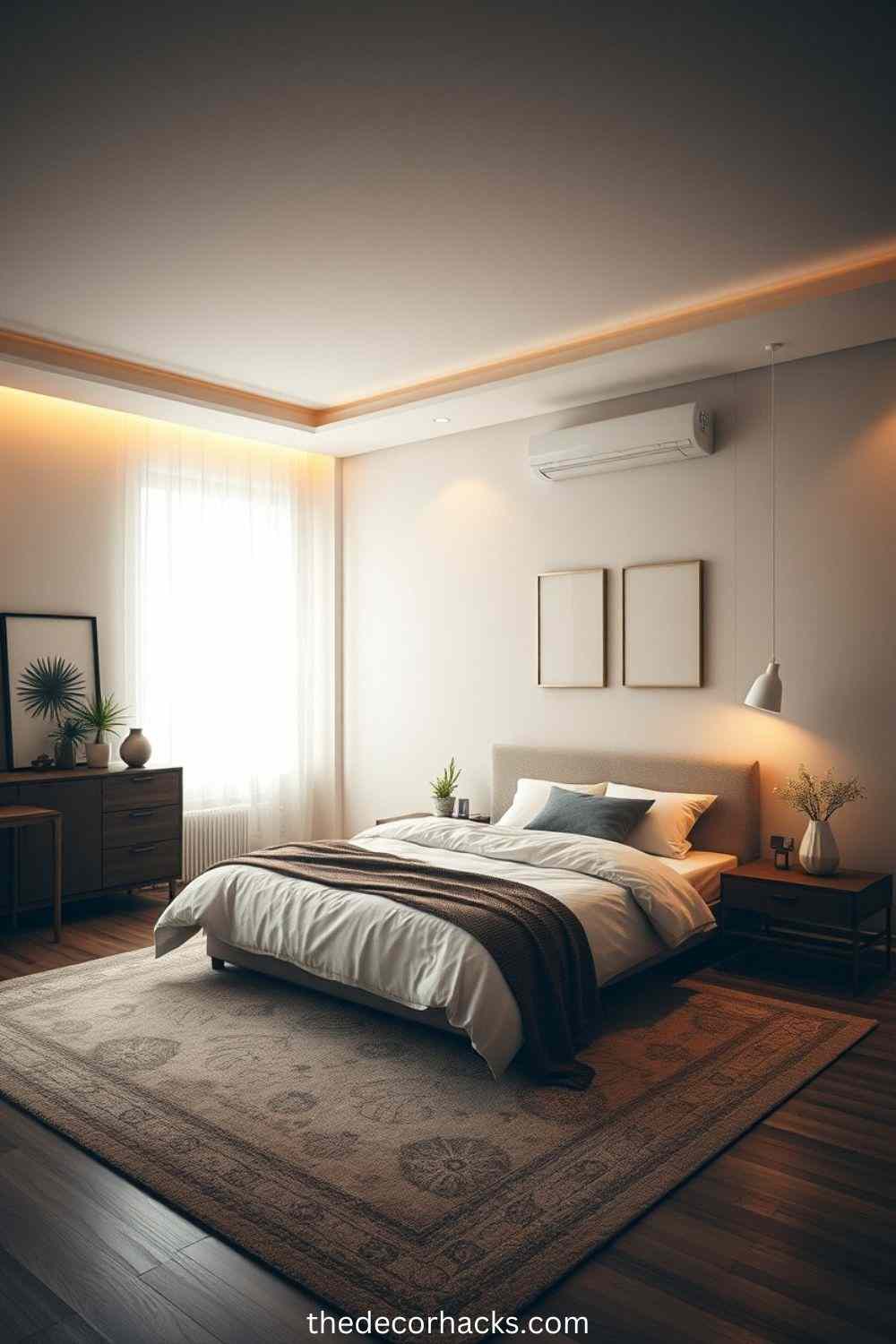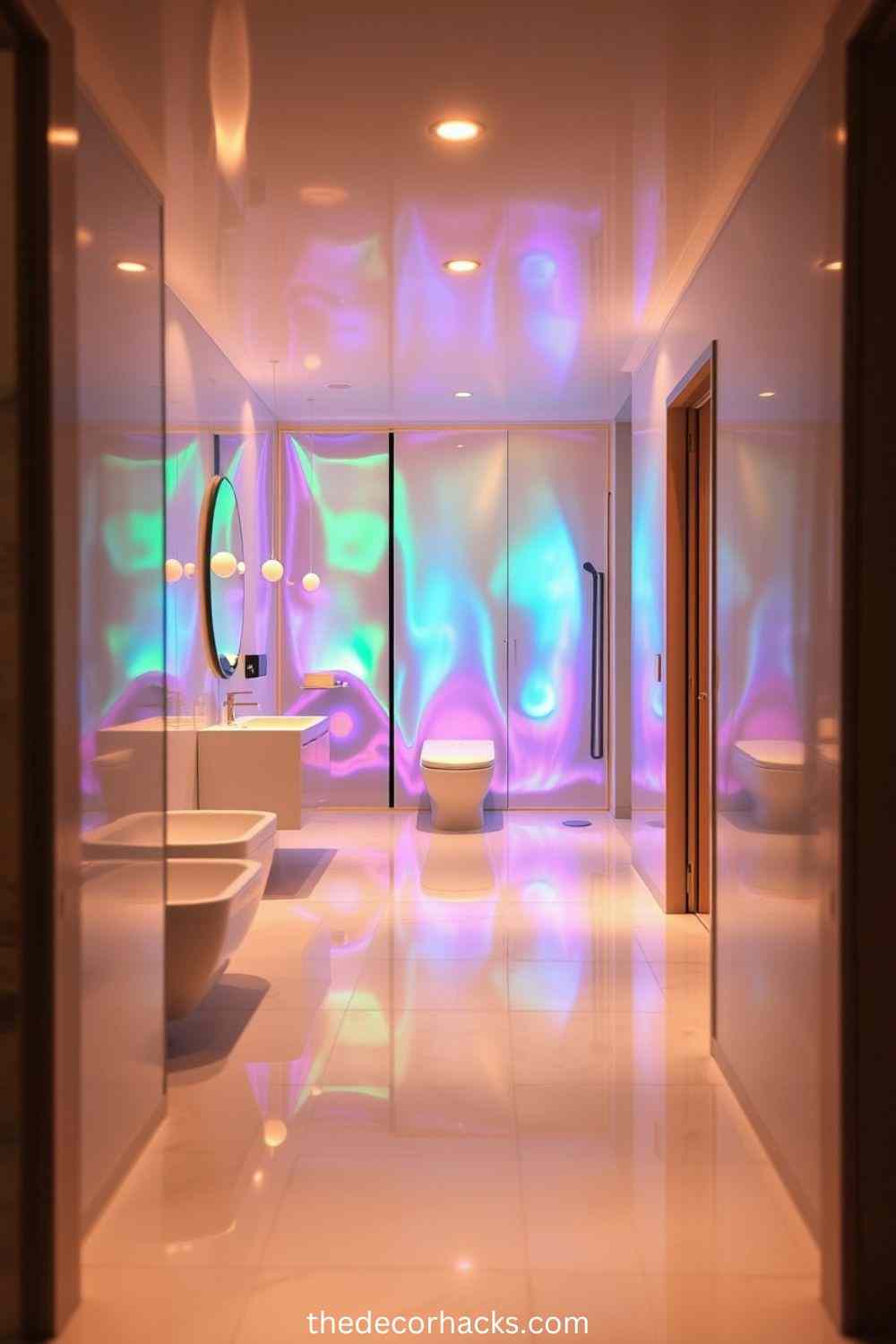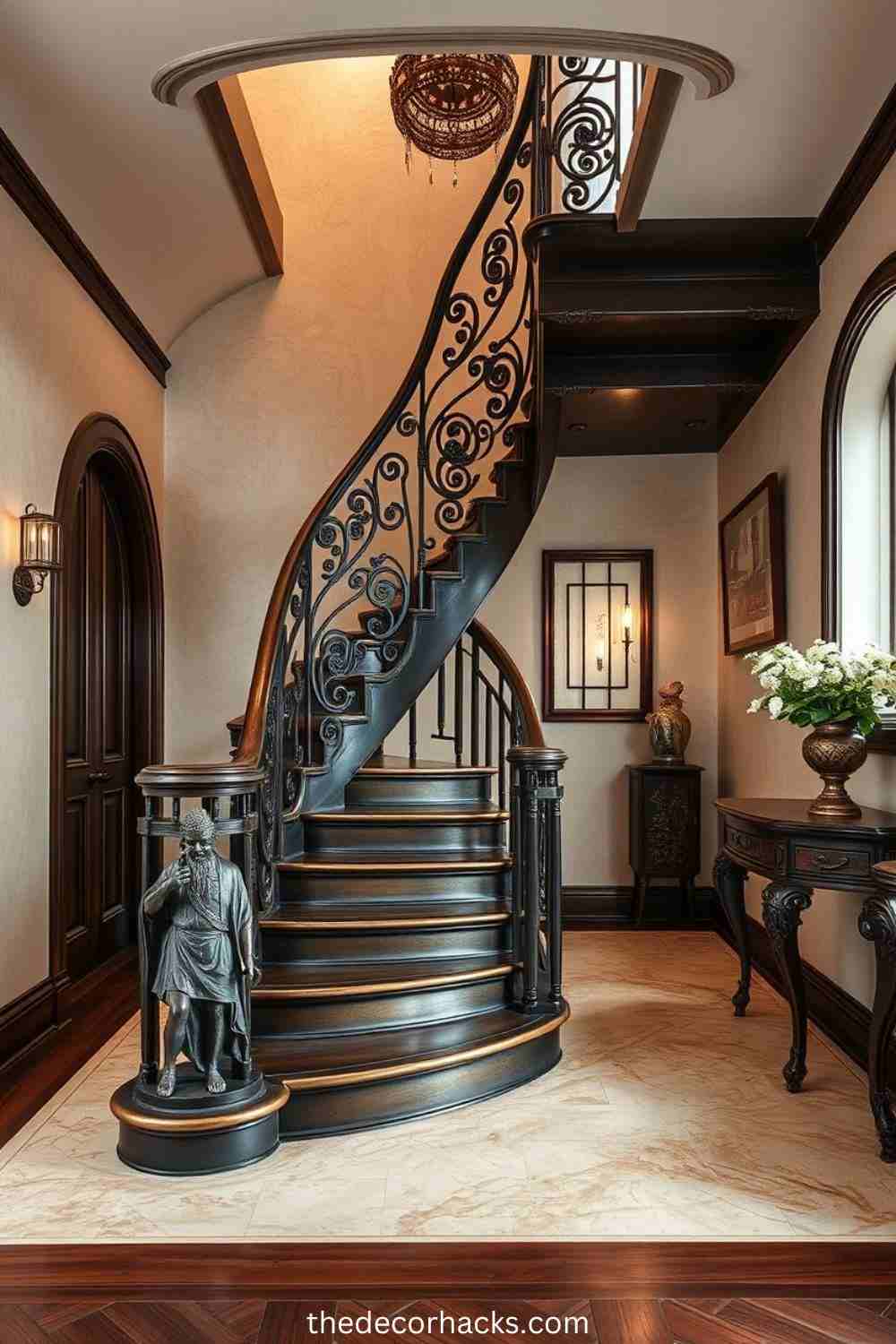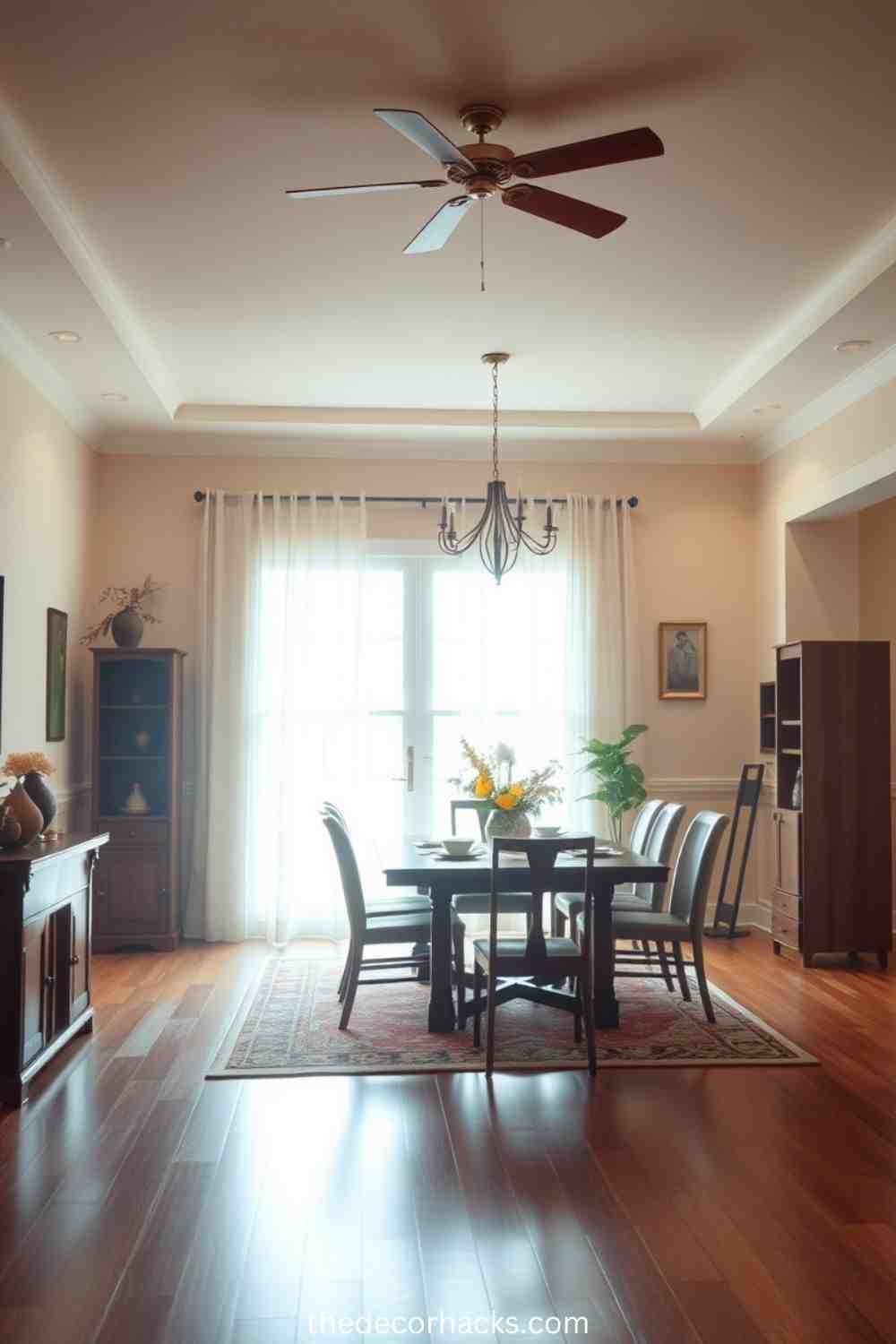Feng Shui-Friendly House Floor Plan is designed to create a balanced and harmonious home environment by optimizing energy flow, or Chi. Feng Shui, an ancient Chinese practice, emphasizes the arrangement of spaces to promote health, happiness, and prosperity.
The flow of Chi within a home influences the well-being of its occupants. When energy moves freely and is properly balanced, it fosters positive emotions, clarity, and success. Conversely, blocked or stagnant energy can contribute to stress and disharmony.
By understanding and applying Feng Shui principles in home design, homeowners can enhance the functionality of their spaces while cultivating an atmosphere of peace and prosperity. This article explores 15 key ways to design a Feng Shui-friendly house floor plan, ensuring that every room supports a positive and balanced lifestyle.
Feng Shui-Friendly House Floor Plan
Key Principles of a Feng Shui-Friendly House Floor Plan
A well-designed Feng Shui-Friendly House Floor Plan follows key principles that ensure harmony, balance, and the smooth flow of energy (Chi). One of the core concepts is the Bagua map, which divides the home into nine energy zones, each corresponding to aspects of life such as health, wealth, and relationships. Aligning rooms with these zones enhances positive energy.
Ideal House Orientation and Entryway Design
In Feng Shui, the orientation of a house plays a vital role in determining the quality of energy that flows into the home. A well-positioned house should align with favorable compass directions based on the homeowner’s Kua number or general Feng Shui guidelines, which often favor orientations that receive ample natural light and positive Chi. South-facing homes, for example, are considered auspicious as they attract warmth, prosperity, and good fortune.
Room Placement and Flow of Energy
The strategic placement of rooms in a Feng Shui-Friendly House Floor Plan is essential for maintaining a smooth and balanced flow of energy (Chi). Each room should serve its intended purpose while promoting harmony and well-being. Ideally, the living room should be centrally located, acting as a hub for social interactions and positive energy circulation. Bedrooms should be placed in quieter areas, away from high-traffic zones, to encourage restful sleep and emotional stability. Kitchens should not be directly across from bathrooms, as this can create conflicting energies between nourishment and waste.
Feng Shui for the Living Room
The living room is one of the most important spaces in a Feng Shui-Friendly House Floor Plan, as it serves as the heart of social interactions and energy exchange. To create a harmonious and inviting atmosphere, the layout should encourage conversation and relaxation. Ideally, the living room should be in a spacious, open area near the center of the home, allowing Chi to flow freely without obstruction.
Kitchen Layout for Prosperity and Health
In a Feng Shui-Friendly House Floor Plan, the kitchen represents nourishment, prosperity, and overall well-being. It should be placed in a commanding position, ideally not directly facing the front door or sharing a wall with a bathroom, as this can lead to energy conflicts. The best locations for a kitchen are the back or side of the house, ensuring a stable and secure flow of Chi.
Bedroom Design for Restful Sleep
A well-designed bedroom is essential in a Feng Shui-Friendly House Floor Plan, as it directly impacts rest, relationships, and overall well-being. To promote deep, restorative sleep, the bedroom should be located in a quiet, stable area of the home, away from high-energy spaces like the kitchen, bathroom, or front door.
Bathroom Placement and Energy Cleansing
In a Feng Shui-Friendly House Floor Plan, bathrooms require special attention because they are associated with the outflow of energy. If not placed correctly, they can drain positive Chi, affecting health, wealth, and overall harmony. Ideally, bathrooms should be located in less prominent areas, away from the kitchen, dining room, or front entrance, to prevent energy loss in key prosperity and nourishment zones.
Home Office Setup for Productivity and Success
A well-designed home office in a Feng Shui-Friendly House Floor Plan enhances focus, creativity, and career success. The ideal location for a home office is in a quiet area, separate from high-energy zones like the kitchen or bedroom, to maintain concentration and productivity.
Staircase Placement and Feng Shui Remedies
In a Feng Shui-Friendly House Floor Plan, staircases play a crucial role in energy movement between different levels of the home. If not properly placed, they can disrupt the flow of Chi, leading to imbalance in health, relationships, and finances.
Dining Room Arrangement for Family Harmony
In the dining room represents nourishment, abundance, and family unity. It should be located in a calm, central area, ideally near the kitchen but not directly in line with the front door or bathroom, as this can disrupt positive energy.
FAQ
1. What is the most important principle in a Feng Shui house floor plan?
The key principle is maintaining a smooth and balanced flow of Chi (energy) throughout the home. This is achieved by proper room placement, clutter-free spaces, and harmonious design elements that support well-being and prosperity.
2. Where should the main entrance be located for good Feng Shui?
The main entrance should be welcoming, well-lit, and free of obstacles to allow positive energy to enter smoothly. It’s best if it does not directly align with the back door, staircase, or bathroom, as this can cause energy to escape too quickly.
3. How can I improve Feng Shui if my bedroom is in a bad location?
If the bedroom is near a high-energy area (such as a kitchen or bathroom), you can use room dividers, plants, or soft furnishings to create a sense of separation. Placing the bed in the command position (with a solid headboard and a clear view of the door) also helps balance energy.
4. What are common Feng Shui mistakes in a house layout?
Some common mistakes include a staircase facing the front door, a bathroom in the center of the home, cluttered hallways blocking energy flow, and poor lighting. These can be remedied with strategic furniture placement, decor elements, and energy-enhancing objects like mirrors and plants.
5. How can I incorporate Feng Shui if I can’t change my floor plan?
If structural changes aren’t possible, you can enhance Feng Shui by improving lighting, using colors that align with the Bagua map, adding plants, decluttering, and incorporating Feng Shui elements like water features, crystals, and mirrors to redirect and balance energy.

Hi! I’m Meg Yoder, a Pennsylvania-based designer with a passion for brand development and home decor design. Creativity has always been my driving force, whether I’m crafting a cohesive brand identity or reimagining a living space with unique decor hacks.
I created TheDecorHacks.com as a space to share my favorite design ideas, tips, and inspirations. From DIY projects to expert insights, my goal is to help you transform your spaces into something extraordinary—without breaking the bank.
When I’m not busy designing, you can find me exploring vintage markets, experimenting with color palettes, or sipping coffee while sketching my next big idea. Let’s create something beautiful together!
![The Decor Hacks [Trending Decor Design Ideas]](https://thedecorhacks.com/wordpress/wp-content/uploads/2025/01/cropped-the-decor-hacks.png)


